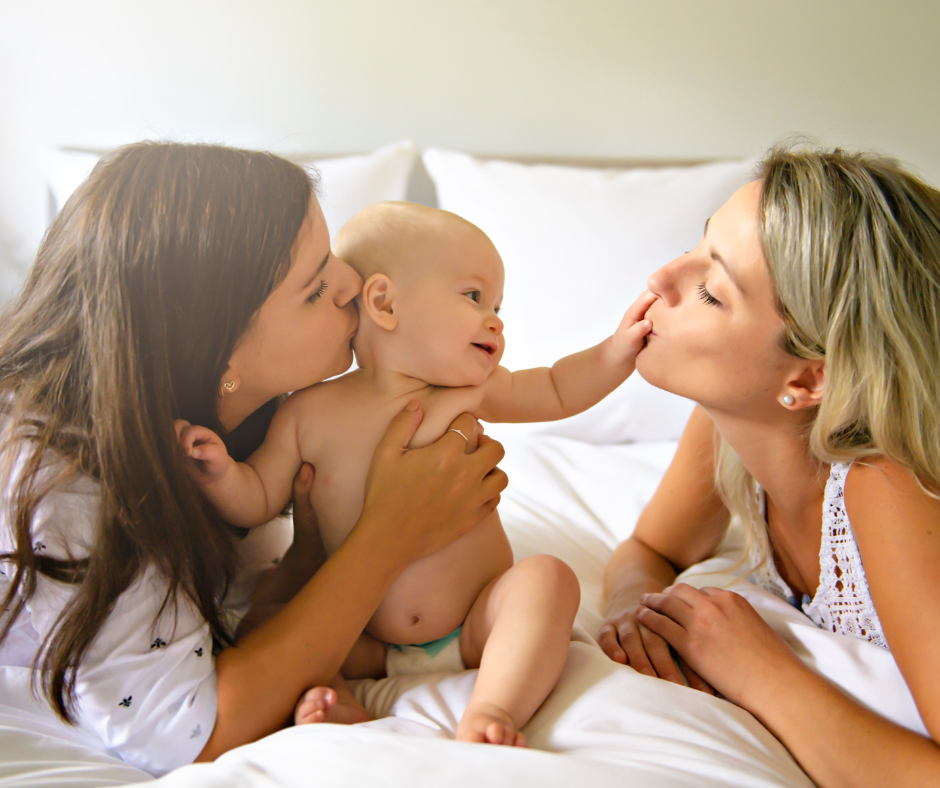Shared motherhood

The ROPA technique:
Over the years science has been the building blocks in aiding human progression. Our understanding of what constitutes a family has evolved passed our misconceptions and pre judgements towards the LGBTQ+ community and their desire to create their own family. We believe every human being deserves to be connected biologically and genetically to their child. If so desired. In addition to having a natural bond it also provides the security of the law which in many cases and many countries biological parents still resides above all other types of legal parenting custody.
Shared Motherhood with the ROPA technique ( Reception of Oocytes from the Partner) for Lesbian couples is one of the best examples of Science making it possible to successfully achieve a biological family enabling them to retain all their rights as a parent.
HOW IS IT DONE?
The ROPA method (Reciprocal IVF) allows 2 married women to actively participate in the pregnancy, one being the genetic mother and the other the biological mother.
This technique involves an In Vitro Fertilization (IVF) treatment in which the eggs from one of the women and the uterus of the other are available, both participating in the process, in order to achieve a full-term pregnancy and, therefore, a live and natural birth.
GENETIC MOTHER; DONOR OF THE EGGS
BIOLOGICAL MOTHER; THE CARRIER OF THE BABY
After fertilization, the embryos remain in special incubators within the laboratory, using special culture media to guarantee their correct development. Throughout the process, embryologists analyse their morphology and the number of their cells to determine the quality of each embryo. The embryos remain in these incubators for five or six days, until they reach the blastocyst stage.
A preparation period commencing on the second day of the carrier’s menstrual cycle, with the aid of specific medication will help stimulate her endometrium (uterine layer) to a certain size
Preferably on day 5 the embryo will then be transferred using a special catheter into the carriers uterus where the embryo will implant and develop, bringing about pregnancy.
HOW TO DECIDE?
The decision about which role each female will have, that is, which one will provide eggs and which will give birth to the baby, is the couple’s decision. In many cases, both wish to be mothers but only one of them has the desire of carrying a pregnancy. When both wish to carry and only want to have one child, the gynaecologist will advise, based on the medical profile of both, which would be the best option to maximize their chances. For many couples, it is the perfect method since it allows both mothers to become biologically and genetically involved.
Clic more about ROPA METHOD
QUICK APPOINTMENT
Our Treatments
- Share




